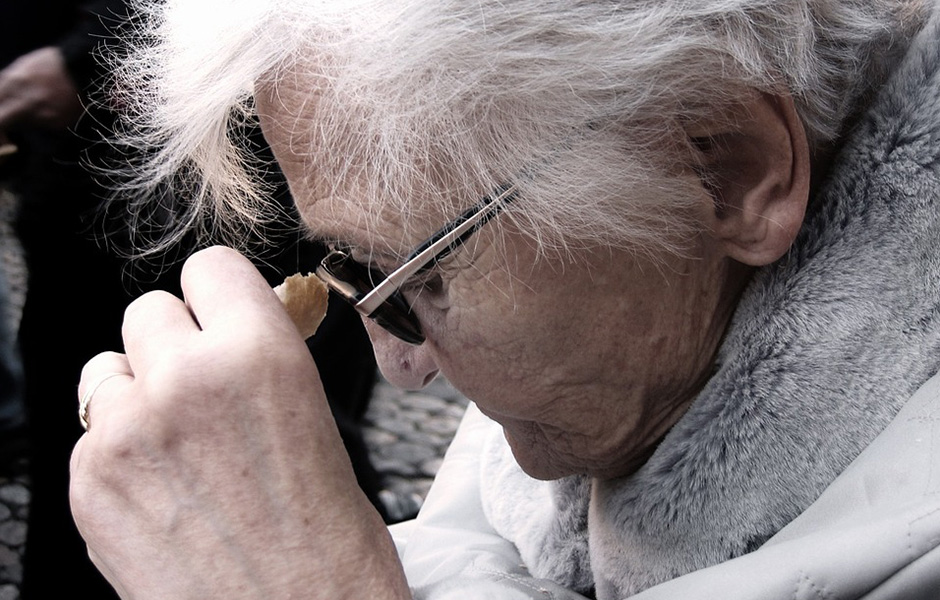In the last few months, has anyone close to you threatened to abandon you, to hurt you, to punish you, or to institutionalize you? Or maybe, has shouted at you, diminished you, or humiliated you? Has that person refused to talk to you or has ignored your presence to hurt you?
A study, developed by Ana João Santos in the framework of the Doctoral Program in Geriatrics and Gerontology of the Abel Salazar Institute of Biomedical Sciences (ICBAS), under the supervision of Óscar Ribeiro, a researcher of CINTESIS – Center for Health Technology and Services Research – has analyzed these and other issues that were presented in an article published in The Journal of Adult Protection.
The authors analyzed data from a total of 1,123 adults over 60 years of age residing in Portugal, at home or in the home of relatives and with a landline or a mobile telephone. More than half (66.8%) were women, 48% were between 60 and 69 years of age and 60% had less than five years of schooling.
Overall, 12.7% admitted to having suffered some kind of psychological violence (threat, verbal assault or insults / humiliation) between 1 to 10 times in the last 12 months. This prevalence is twice the one found when using a more restrictive criterion in which the abusive act occurs more than 10 times over the course of a year (6.3%). In the case of threats, the prevalence is three times greater when considering between 1 to 10 occurrences in the same period of time.
The abusive behavior most reported by the elders is verbal assault, followed by the act of ignoring or refusing to speak and by threats. Among older individuals who experienced at least one act of violence, about 60% said they had been ignored and about 50% said they had been victims of verbal assault more than 10 times in the past 12 months.
In addition to determining the prevalence of elder abuse, the authors sought to know the profile of the perpetrators of the abuse and the profile of the victims themselves. In all the analyzed age groups, it is verified that women are the main victims of psychological violence, showing that in this area, females continue to be the weakest link.
Analyzing other factors, we can see that women between 60 and 69 years of age, with little social support and living in their own homes with their spouse or partner and their children, are those that suffer psychological violence more frequently (more than 10 times in the last year). However, women between the ages of 70 and 79 and those with a greater lack of social support are the ones who report the abuse more frequently, even if reporting is sporadic.
The perpetrators of continued violence are mainly the spouses or companions (53.8%). However, 32.4% of sporadic or less frequent abusers (1 to 10 times in the past year) are children or grandchildren. When the violence act consists of ignoring or not talking, other relatives also appear in the list, such as siblings, brothers-in-law, nephews or cousins, as well as the informal social network as neighbors.
Psychological violence, which includes insults, threats, intimidation, humiliation, and other abusive behavior, is considered to be more difficult to detect because it may not be tangible, but also due to cultural specificities, variations in family dynamics and different ways of measuring violence.
Bu using two different measures, this study aims to contribute to the identification of the various types of abuse, including the milder forms of abuse, as they may be precursors to more serious abusive behaviors.
The authors affirm that in clinical practice, it would be beneficial to have a more comprehensive way of identifying psychological violence that could address and intervene across the spectrum of this type of abuse.
The study is co-authored by Baltazar Nunes and Irina Kislaya of the National Institute of Health Ricardo Jorge, and Ana Paula Gil, of CICS NOVA – Nova University of Lisbon. The data used in this study was obtained from the project “Ageing and Violence”, coordinated by CICS NOVA and developed between 2011 and 2014 by the Department of Epidemiology of the National Institute of Health.

